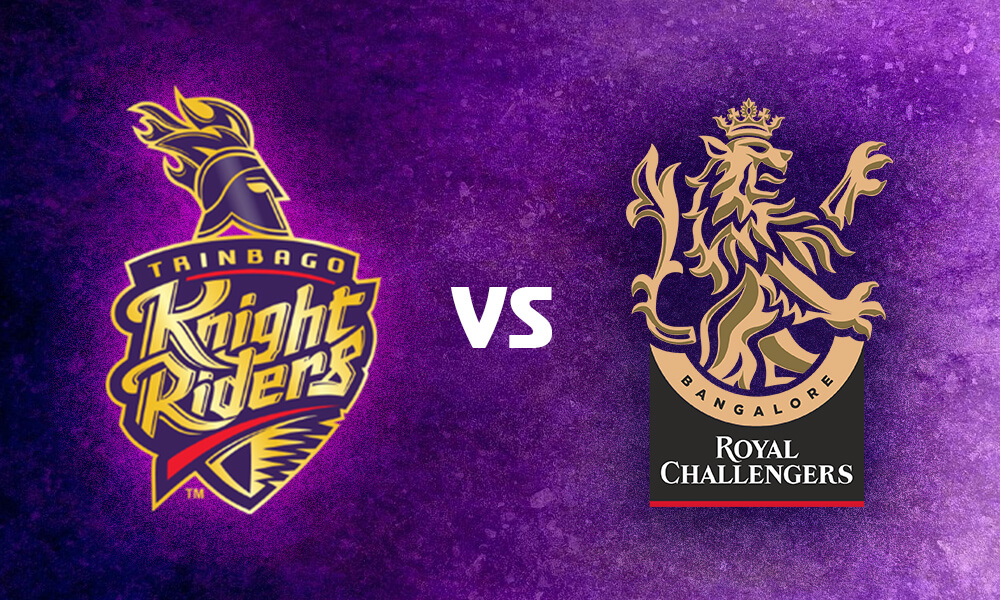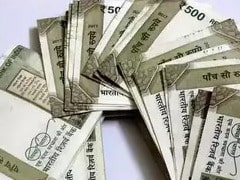Narendra Modi, the 14th and current Prime Minister of India, has been in power since 2014. During his tenure, Modi’s political and economic policies have had a significant impact on the country. This article aims to provide a brief overview of Modi’s politics and economy in India.
Politics:
Modi is a member of the Bharatiya Janata Party (BJP), a right-wing political party in India that is currently in power. The party has been in power since 2014, and it was Modi’s leadership that led to the BJP’s landslide victory in the general elections. Modi’s leadership style is known for its strong, decisive, and authoritarian nature, which has been praised by his supporters and criticized by his detractors.
One of Modi’s key political initiatives has been the “Swachh Bharat Abhiyan,” which translates to “Clean India Mission.” This initiative aims to make India a cleaner and more hygienic country by encouraging citizens to adopt cleanliness habits and promote the use of toilets. Modi has also launched the “Make in India” campaign, which seeks to promote India as a manufacturing hub and attract foreign investment.
Another significant political initiative under Modi’s leadership has been the “Digital India” campaign. The program aims to transform India into a digitally empowered society and knowledge economy by providing citizens with access to digital services and information.
Modi’s foreign policy has also been an important aspect of his political agenda. He has sought to strengthen India’s relationship with other countries, particularly those in the Asia-Pacific region. Modi has also emphasized India’s strategic importance as a key player in the region, which has led to India’s increased involvement in international organizations such as the United Nations.
Economy:
Modi’s economic policies have been characterized by a focus on growth and development, with the goal of making India a more competitive and prosperous nation. His government has implemented a number of reforms aimed at boosting the economy and attracting foreign investment.
One of the most significant economic reforms under Modi’s leadership has been the introduction of the Goods and Services Tax (GST). The GST is a comprehensive tax on goods and services that has replaced multiple indirect taxes levied by the central and state governments. The introduction of the GST was a significant step towards simplifying the tax system and promoting a more business-friendly environment.
Modi’s government has also implemented a number of initiatives to promote entrepreneurship and innovation in the country. For example, the “Startup India” initiative was launched to provide support to startups and encourage entrepreneurship in the country.
Another significant economic initiative under Modi’s leadership has been the “Pradhan Mantri Jan Dhan Yojana” (PMJDY). The program aims to provide access to financial services, such as bank accounts, credit, insurance, and pensions, to all citizens. The PMJDY has been praised for its efforts to increase financial inclusion in India.
Modi’s government has also focused on improving infrastructure in the country. The government has launched several initiatives to promote the development of roads, railways, and airports, among other things. These initiatives have been aimed at improving connectivity within the country and promoting economic growth.
Conclusion:
Overall, Modi’s politics and economy in India have been characterized by a focus on growth, development, and reform. His government has implemented a number of initiatives aimed at boosting the economy, promoting entrepreneurship, and improving infrastructure in the country. While there has been some criticism of Modi’s authoritarian leadership style and his government’s handling of certain issues, there is no denying that his policies have had a significant impact on the country.










